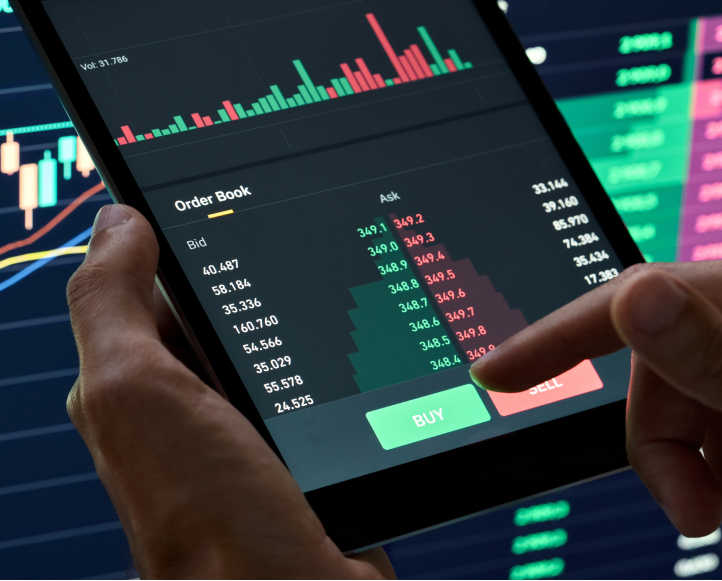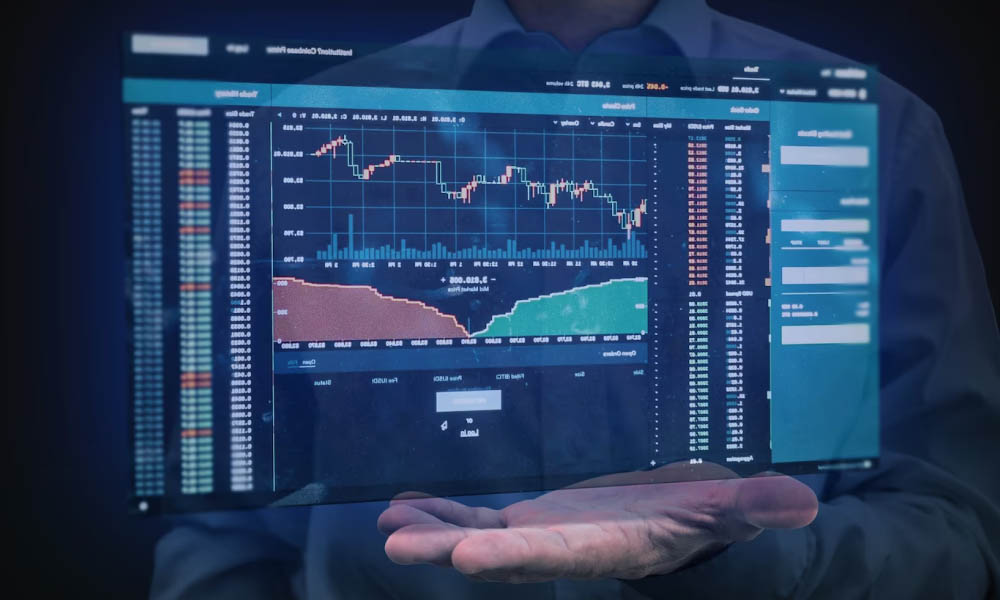
Mastering the Crypto Trading Framework
The rise of cryptocurrency trading has captivated the attention of investors and traders around the globe. With its volatile price movements and the potential for high returns, the crypto market offers both opportunities and risks. To navigate this complex landscape, traders must develop a well-structured approach—the Crypto Trading Framework. This guide will delve into the critical elements of a robust trading framework, touching upon analysis techniques, risk management, and psychological resilience. For a deeper understanding of trading concepts and techniques, feel free to visit this comprehensive resource: Crypto Trading Framework https://magicwaterprint.com/category/uncategorized/page/59/.
1. Understanding the Crypto Market
Before diving into trading strategies, it’s crucial to understand the foundational aspects of the crypto market. Cryptocurrencies are decentralized digital assets that leverage blockchain technology for security and transparency. Unlike traditional financial markets, the crypto market operates 24/7, offering unparalleled access and liquidity.
The inherent volatility of cryptocurrencies can be attributed to various factors, including market sentiment, regulatory news, technological advancements, and macroeconomic trends. Successful traders stay informed about these dynamics to anticipate potential price movements effectively.
2. Analyzing the Market: Fundamental and Technical Analysis
A reliable Crypto Trading Framework encompasses two primary analysis types: fundamental and technical analysis. Understanding these analyses is crucial for making informed trading decisions.

2.1 Fundamental Analysis
Fundamental analysis involves evaluating cryptocurrencies based on their intrinsic value. This may include assessing the technology behind a cryptocurrency, its use cases, the team behind the project, and market demand. Key factors to consider include:
- Whitepapers
- Partnerships and collaborations
- Market position and competition
- Regulatory developments
- Community engagement and support
2.2 Technical Analysis
Technical analysis is essential for short-term traders looking to capitalize on market trends. By studying price charts and using various indicators, traders can identify potential entry and exit points. Key components of technical analysis include:
- Chart patterns (e.g., head and shoulders, triangles)
- Moving averages
- Relative Strength Index (RSI)
- Volume analysis
- Support and resistance levels
3. Risk Management Strategies
One of the cornerstones of successful trading is proper risk management. The volatile nature of the crypto market makes it imperative for traders to protect their capital. Here are some essential risk management strategies to include in your Crypto Trading Framework:

- Setting Stop-Loss Orders: Always set a stop-loss order to limit potential losses on each trade.
- Diversification: Do not allocate all your capital to a single cryptocurrency; diversify your portfolio to mitigate risks.
- Position Sizing: Determine how much of your capital you are willing to risk on each trade and adjust your position size accordingly.
- Risk-to-Reward Ratio: Evaluate the potential reward against the risk before entering a trade, aiming for a favorable ratio (e.g., 1:3).
4. The Role of Trading Psychology
Psychology plays a significant role in trading, affecting decision-making and emotional responses. A well-rounded Crypto Trading Framework should address psychological resilience and discipline. Here are some key points to consider:
- Emotional Control: Learn to manage emotions like fear and greed that can cloud judgment.
- Stick to Your Plan: Develop a trading plan based on research and analysis, and stick to it without deviation.
- Learn from Losses: View losses as learning opportunities rather than failures; analyze what went wrong and adapt.
- Set Realistic Goals: Establish achievable goals to maintain motivation without adding excessive pressure.
5. Building Your Crypto Trading Framework
Constructing a personalized Crypto Trading Framework involves integrating all the components discussed above. Here’s a step-by-step guide to help you build your framework:
- Establish your trading goals and risk tolerance.
- Choose your preferred analysis methods (fundamental, technical, or a combination).
- Design a detailed trading plan, including entry and exit strategies, risk management rules, and emotional guidelines.
- Test your framework through backtesting and paper trading to refine your strategies.
- Continuously review and adjust your framework based on market conditions and personal experiences.
Conclusion
The Crypto Trading Framework is an essential tool for navigating the complexities of the cryptocurrency market. By incorporating both fundamental and technical analysis, employing effective risk management strategies, and maintaining psychological resilience, traders can enhance their decision-making processes and improve their performance. Remember that trading is a journey that requires continuous learning and adaptation to market changes. Commit to refining your Crypto Trading Framework, and you’ll be better positioned to thrive in this exciting and dynamic space.



